Analysis@FCC
FCCAnalyses framework
Juraj Smieško
Princeton, 27 July 2023
Introduction
CERN
- FCCSW
- FCCAnalyses
- Phoenix/Web tools
Charles Uni.
- LAr Calorimeter for FCC-ee
- TileCal operations
- TileCal offline DQ tools
- Pileup mitigation
Comenius Uni.
- Photon + c-jet / Intrinsic Charm
- TileCal offline DQ tools

Pronunciation: You-rye
Institute: CERN
Alma Mater: Comenius University, SK
Future Circular Collider
Energy and luminosity upgrade in integrated program
-
FCC-ee (Z, W, H, tt):
Highest luminosities at Z, W, ZH among
proposed Higgs and EW factories with
indirect discovery potential up to ~ 70 TeV -
FCC-hh (~100 TeV):
Direct exploration of next energy frontier (~ x10 LHC) and unparalleled measurements - Feasibility Status Report in 2025
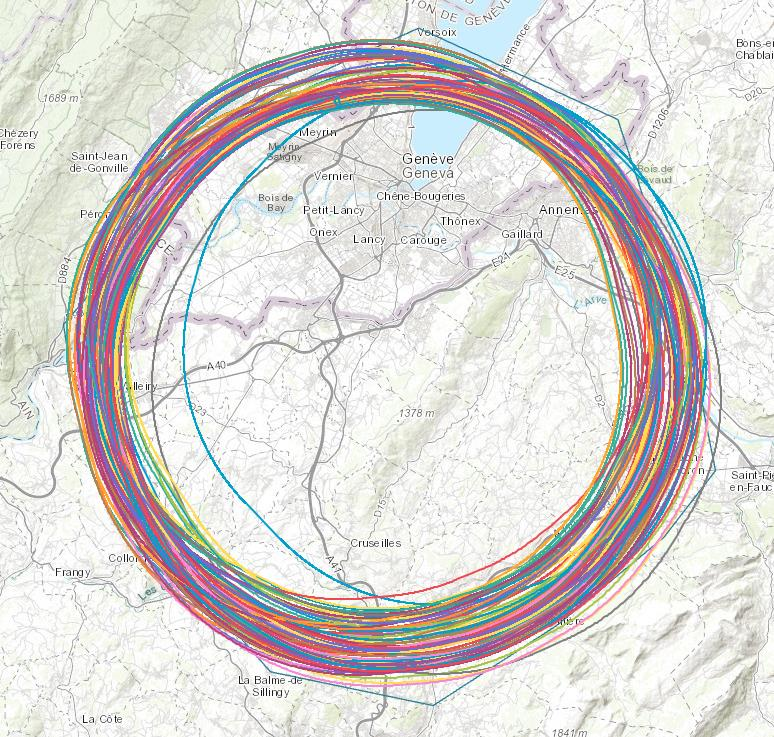
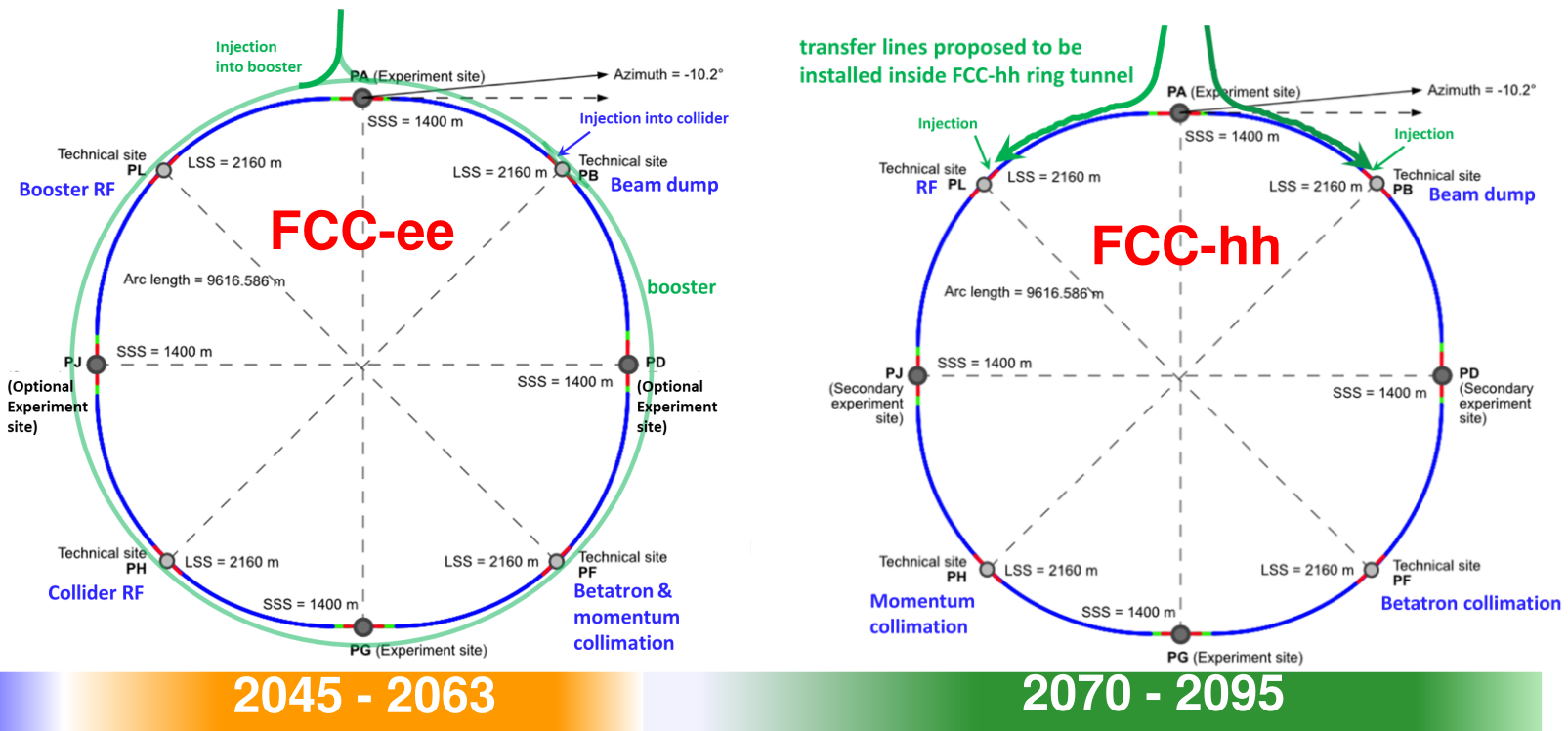
See latest FCC Week in London
FCC Detectors
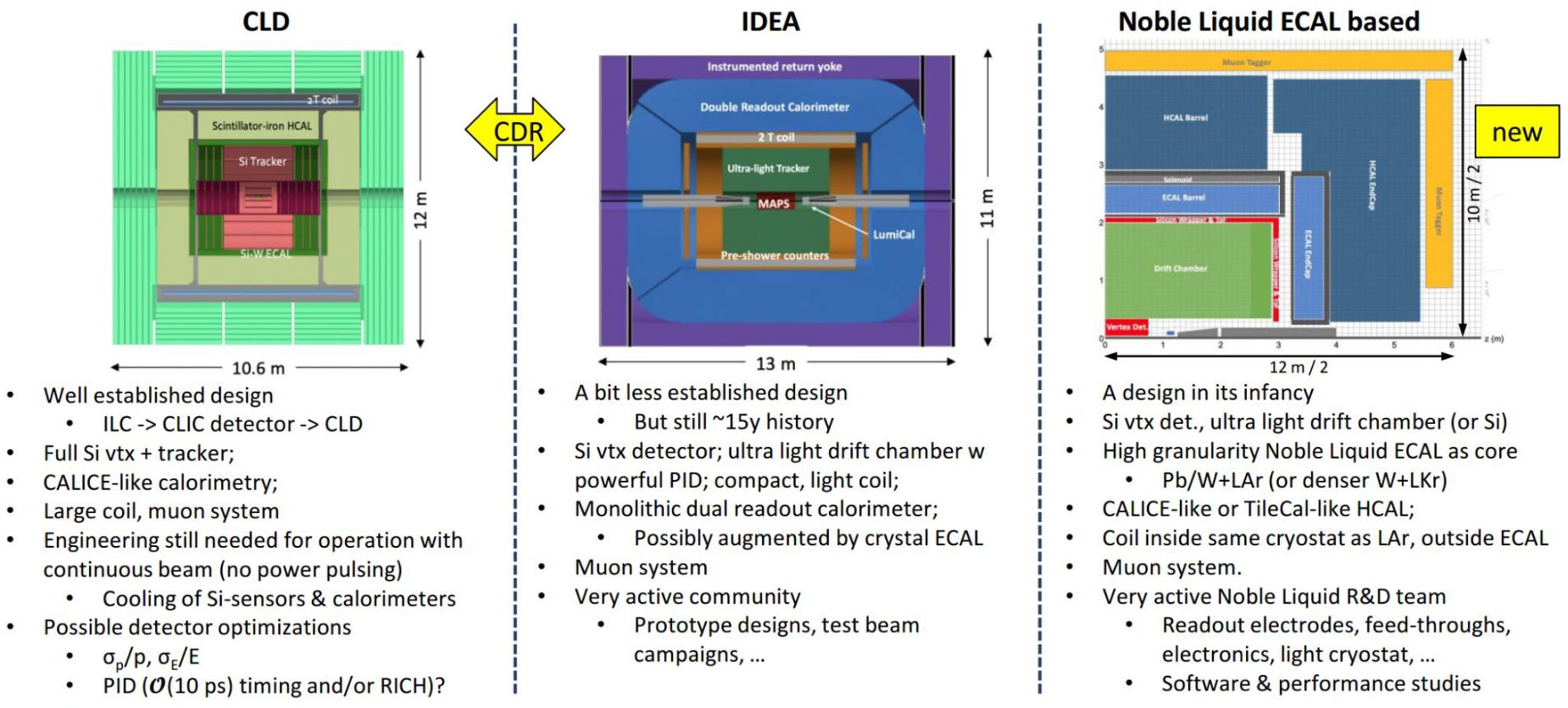
FCCAnalyses Scope
Goal of the framework is to aid the users in obtaining the desired results not only from the reconstructed physics objects
Requirements:
- Efficiency — Make quick turn-around possible
- Flexibility — Allow heavy customization
- Ease of use — Should not be hard to start using
- Scalable — Seamlessly handle from small to large datasets
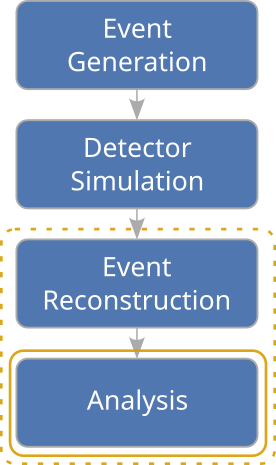
Key4hep
- Set of common software packages, tools, and standards for different Detector concepts
- Common for FCC, CLIC/ILC, CEPC, EIC, …
- Individual participants can mix and match their stack
-
Main ingredients:
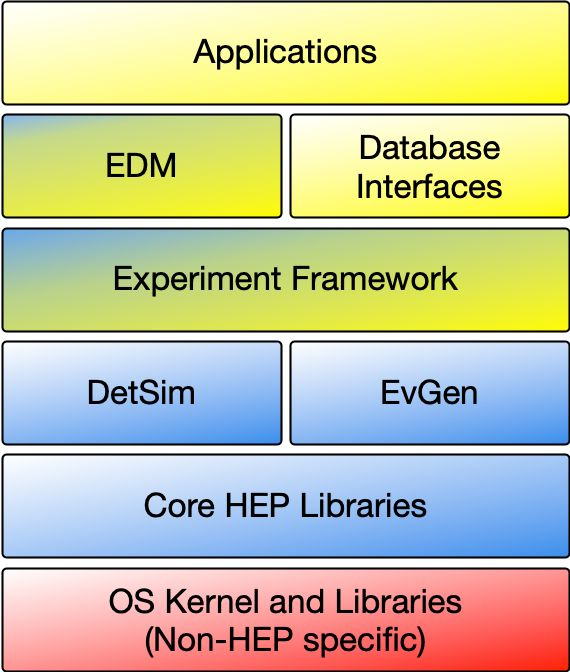
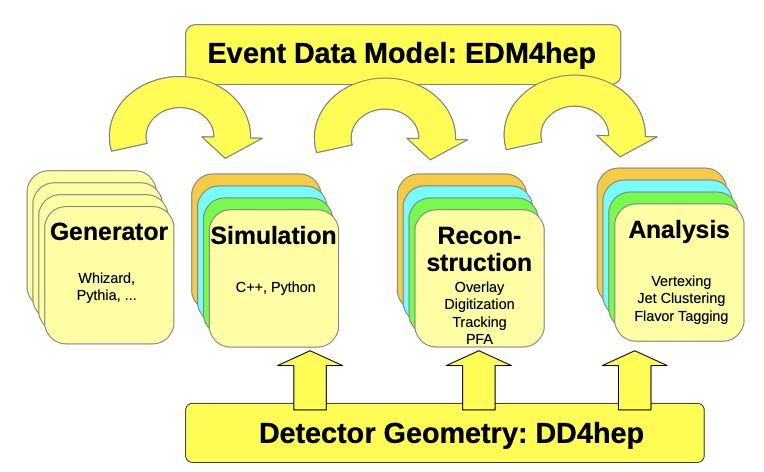
EDM4hep I.
Describes event data with the set of standard objects.
- Specification in a single YAML file
- Strives to be minimal
- Generated with the help of Podio
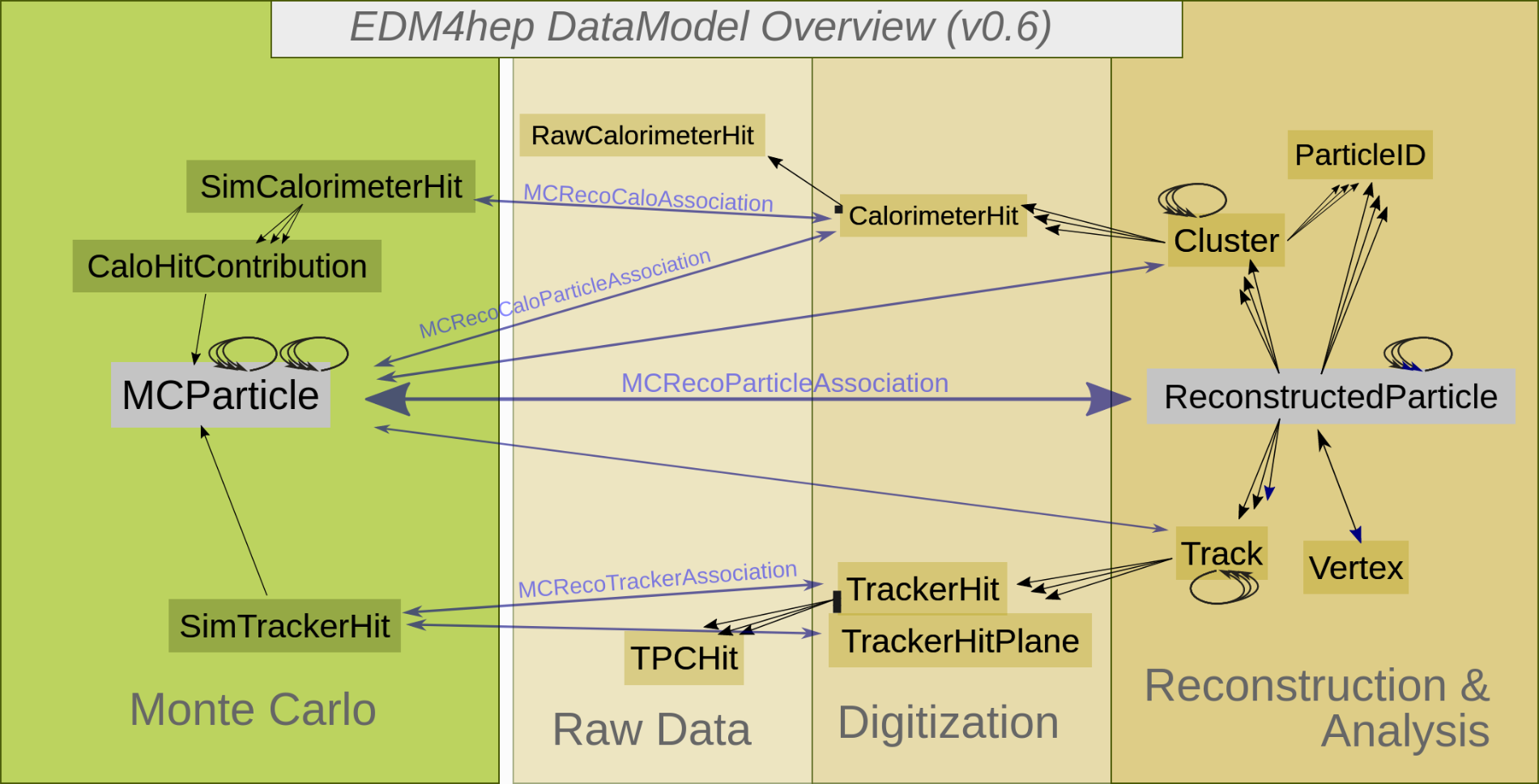
EDM4hep II.
Example object:
#------------- CalorimeterHit
edm4hep::CalorimeterHit:
Description: "Calorimeter hit"
Author : "F.Gaede, DESY"
Members:
- uint64_t cellID //detector specific (geometrical) cell id.
- float energy //energy of the hit in [GeV].
- float energyError //error of the hit energy in [GeV].
- float time //time of the hit in [ns].
- edm4hep::Vector3f position //position of the hit in world coordinates in [mm].
- int32_t type //type of hit. Mapping of integer types to names via collection parameters "CalorimeterHitTypeNames" and "CalorimeterHitTypeValues".
- Current version: v0.8.0
- Objects can be extended / new created
- Bi-weekly discussion: Indico
ROOT RDataFrame

-
Describes processing of data as actions on table columns
- Defines of new columns
- Filter rules
- Result definitions (histogram, graph)
- The actions are lazily evaluated
- Multi threading is available out of the box
- Optimized for bulk processing
Integration with Existing Tools
-
Boundary between reconstruction and analysis blurred
- Especially for full-sim
- Plan: Develop algorithm on analysis side, then move to reconstruction
-
Many C++ tools/libraries created over the years
- Most are integrated into the Key4hep stack
-
At the moment we have:
- ROOT — together with RDataFrame
- ACTS — track reconstruction tools
- ONNX — neural network exchange format
- FastJet — jet finding package
- DD4hep — detector description
- Delphes — fast simulations
Distribution
FCCAnalyses latest release v0.7.0 can be found:
-
As a package in the stable Key4hep stack
- Allows to quickly put together small analysis
- Limited options for customization
Latest/development version of the FCCAnalyses can be found:
-
As a package in the nightlies Key4hep stack
- Might easily break
-
By checking out master branch
- Allows greater customization
- Requires discipline
Platforms: CentOS 7, AlmaLinux 9, Ubuntu 22.04
Analysis Architecture
One can write and run an analysis in several ways:
-
Managed mode: fccanalysis run my_ana.py
- The RDataFrame frame is managed by the framework
- Analysis script has to contain compulsory attributes
- Libraries are loaded automatically
- Dataset metadata are loaded from remote location — CVMFS/HTTP server
- Batch submission on HTCondor
- Customization: Possible at the level of analyzer functions
- Intend for: Quick analysis, no advanced analyzer functions
-
Standalone mode: python my_ana.py
- The RDataFrame frame is managed by the user
- Can leverage the FCCAnalyses library of analyzer functions
- Ntupleizer style
Writing an analyzer function
- Typically an analyzer is a struct which operates on an EDM4hep object
-
ROOT RDataFrame
needs to be aware of the analyzer function
- Provided as a string
- A file loaded and JITed by the ROOT.gInterpreter
- Compiled in the library

Documentation
Several documentation types
-
FCC Tutorials:
https://hep-fcc.github.io/fcc-tutorials/
- Focused on providing a tutorial on a specific topic
-
Code reference:
https://hep-fcc.github.io/FCCAnalyses/doc/latest/index.html
- Provides details about implementation of individual analyzers
-
Manual pages:
- Info about commands directly in the terminal: man fccanalysis
- FCCAnalyses website, FCCSW website
Questions
- Interaction of the C++ analyzer functions with the Python in the context of RDataFrame
- Efficient work with the Podio and EDM4hep data format
- Ways to distribute of analyzer functions among the users
- Large scale management of the pre-generated input samples
- Integration of facilities needed to support full simulation studies
- Non CLI based modes of interaction with the analysis code